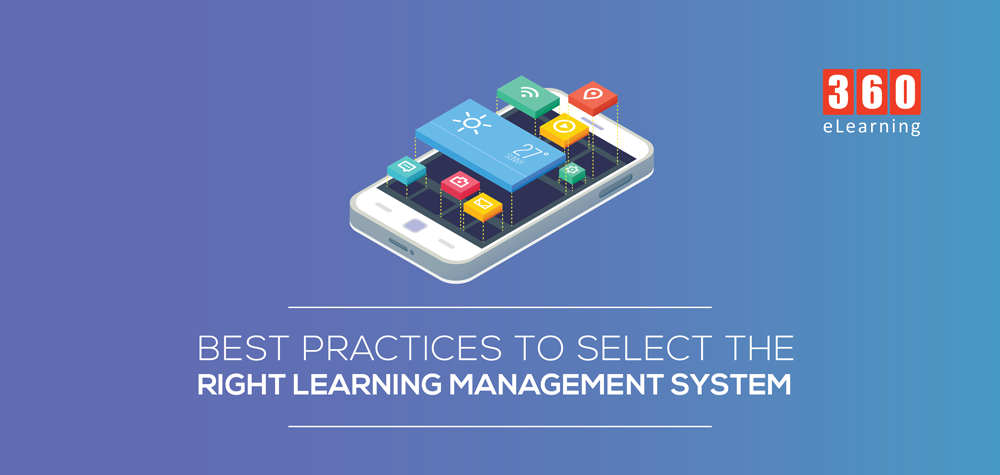Its common in market, most organizations face a common quandary – that of deciding which LMS will best suit its needs in the context of their business objectives, learning and development goals, feature & functionality requirements and budget constraints. Here are a few LMS best practices to follow that can help you in the evaluation and selection of a Learning Management System that’s ‘right’ for your requirements.
Analyze Your Learning Objectives
Before exploring the available Learning Management System options, it is critical to define your Learning and Development objectives; what you wish to achieve from the training program – from a short-term, mid-term, and long-term perspective.
Define Your Corporate Goals
Aligning your learning objectives with your corporate goals is the key to a solid L&D strategy that delivers on your expectations. So, along with defining Learning and Development objectives, it’s a must to understand and outline your actual business needs.
Consider Capabilities of Your Learning and Development Department
While a Learning Management System can contribute seminally in training, the human perspective must not be ignored. It is good to understand the capabilities and skills of your Learning and Development team before choosing a Learning Management System. Can the team manage the LMS? If yes, it helps to think what all can be managed internally and what needs to be outsourced.
Decide on the Content and Courses
While a Learning Management System is a technology platform, you must not lose sight of the fact that it is after all just a software that is used to deliver training content to the learners. It is therefore essential to consider what type of content will be delivered and where this content will come from as this too will greatly impact your LMS requirements.
Write Down the Actual LMS Requirements
Once you have clearly defined the core learning/ training objectives, business needs, system requirements, content type and source, and desired results from the Learning Management System, it will be easier to translate those into ‘actual’ LMS requirements, which can be categorized as ‘Critical/ Must-have’ and ‘Good-to-have’.
After all, a positive ROI is possible only if the LMS justifies the features and functionalities that are relevant to your business.
Think About the User Experience
A very important point to consider before choosing a Learning Management System is its capability to deliver a good User Experience (UX). UX is almost synonymous to a user’s happiness and is not just about the usability, but is influenced by three main factors: System, User and the Context of Use. It is imperative to ensure that the LMS you choose functions flawlessly when it comes to delivering a good UX.
Shortlist Learning Management Systems and Vendors
Out of the hundreds of Learning Management Systems available in the marketplace, the best way to go forward is to narrow down the choices by shortlisting. You may begin by striking out systems that DO NOT fit your requirement criteria so that you have a smaller list to choose from. Once you have filtered your choices, you can research websites and contact vendors to inquire about their product.
Support Services and Trial/ Demo Options for the LMS
As mentioned earlier, support services and free trial/demo are two of the important aspects in vendor selection.
Round-the-clock support is an important aspect that a vendor needs to provide. Checking if they are going to be able to troubleshoot problems that may be encountered with the Learning Management System, asking about the support services that come with the LMS package are some points to consider before short listing a vendor.
Similarly, it is also important to ask for a trial or a demo before using the actual product that will allow you to experience the LMS first-hand. A live demo will help you determine if the features and functionalities are in-line with your learning and development needs.
Selecting the LMS
The final and, of course, the most important step in the process is actually selecting the Learning Management System. While you need to ensure that the LMS meets your current learning needs, you also have to consider long term gains like cost-effectiveness and future-proofing your learning.
A Learning Management System is a long term investment that can benefit your organisation and fulfill the learning needs of your employees for a long time. A bit of research, evaluation, and internal auditing can a long way in helping you to choose the right one.



Also worth mentioning: future plans.
It is one thing to make decisions on actual needs, but keep in mind that your system should be able to grow and evolve.
Therefore it is good to have a look at the changelog.
See, how fast new features are implemented and which are planned.
Also, how long it took to fix the nasty bugs or most wanted features.